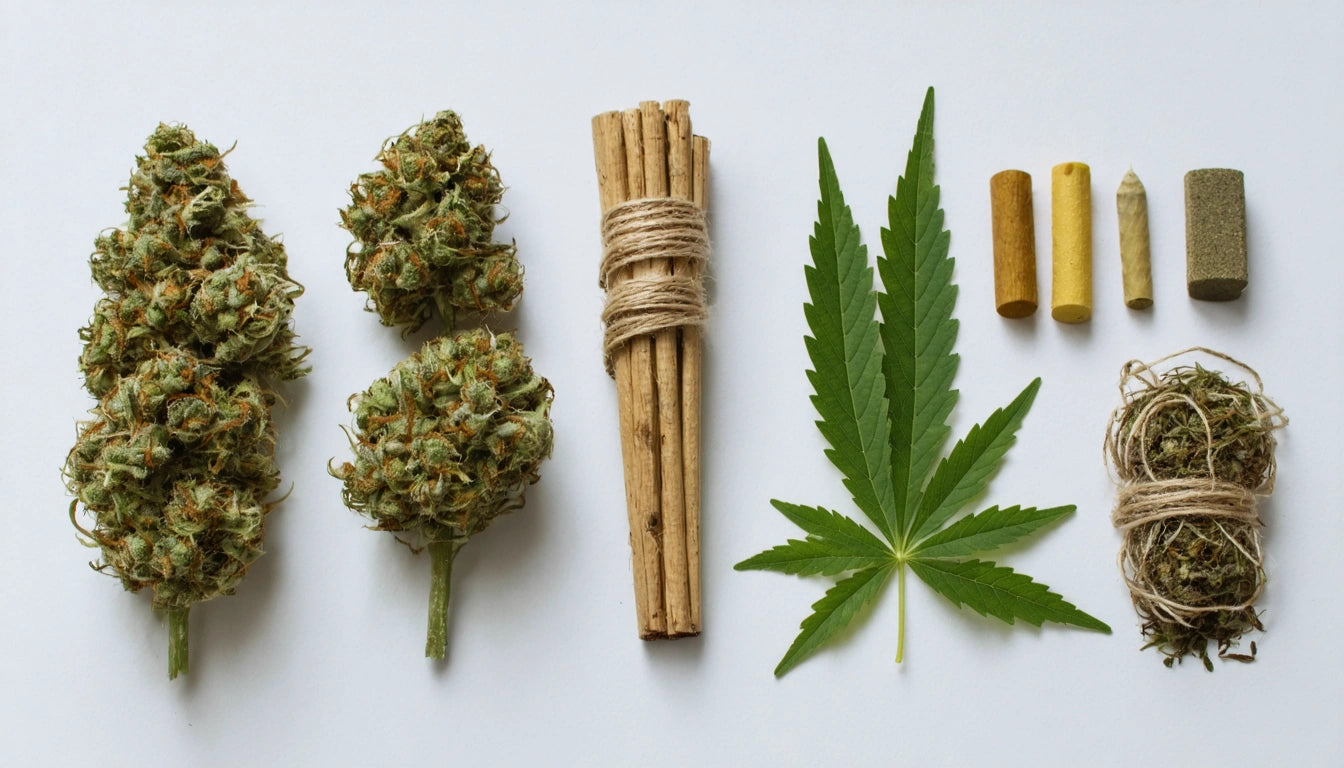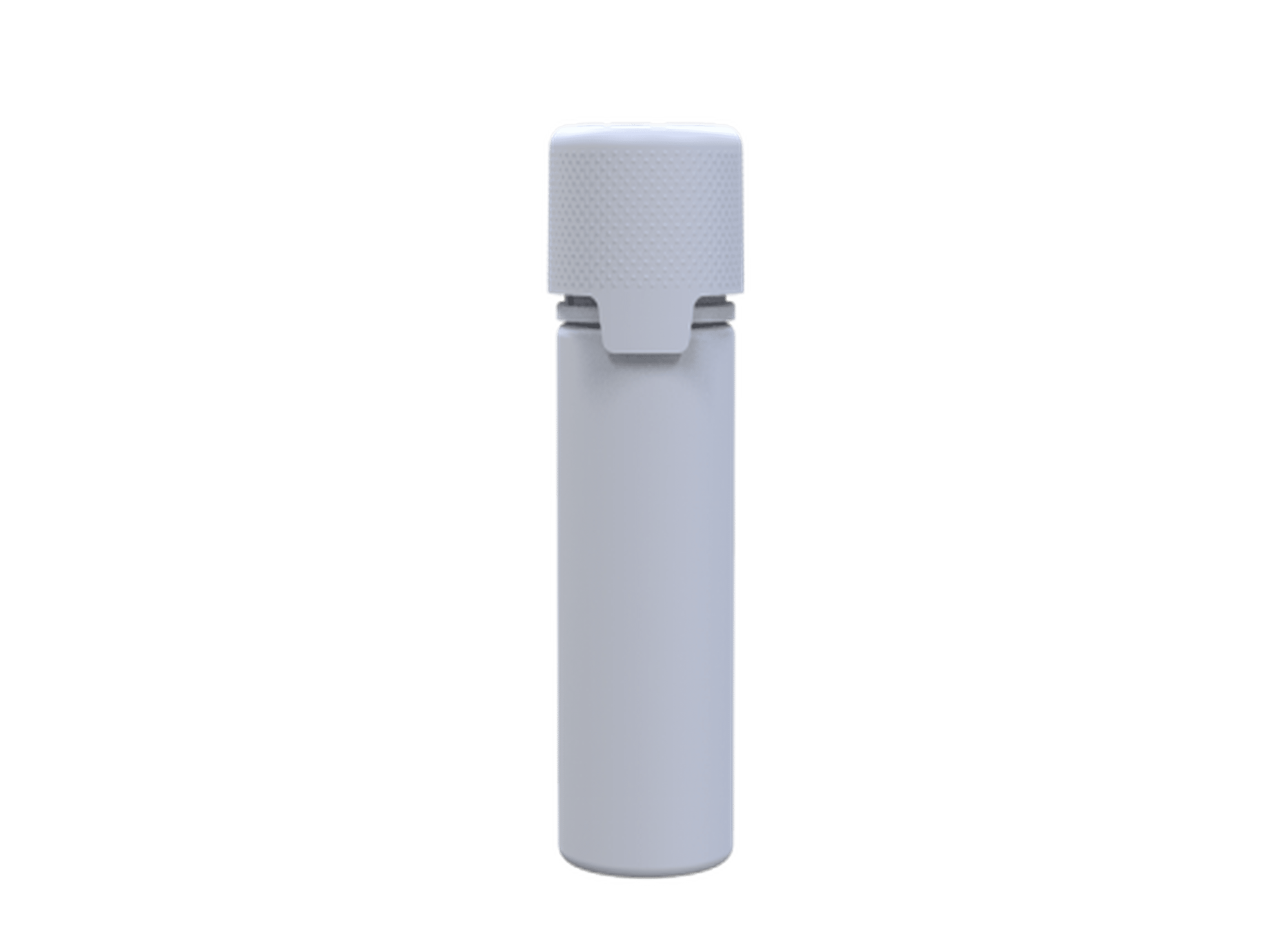Table of Contents
Essential Tips for Drying and Preparing Cannabis
Properly drying cannabis is a critical step that significantly impacts potency, flavor, and overall quality. Whether you're a home grower or small-batch producer, mastering the drying process ensures your harvest reaches its full potential. This guide covers essential techniques for how to dry cannabis effectively, troubleshoot common issues, and prepare various cannabis products.
Drying Fundamentals: Creating the Perfect Environment
Successful cannabis drying begins with controlling environmental factors. The ideal drying room maintains 60-65% humidity and temperatures between 60-70 °F (15-21 °C). These conditions allow moisture to leave the plant material gradually without degrading cannabinoids or terpenes.
For proper airflow, consider these key elements:
- Install oscillating fans for gentle, indirect air movement
- Ensure adequate ventilation without direct airflow on plants
- Monitor humidity levels with a reliable hygrometer
- Use a dehumidifier in naturally humid environments
According to our comprehensive drying guide, the drying process typically takes 7-10 days when done correctly. Rushing this stage often leads to harsh smoke and diminished terpene profiles.
Drying Methods: Traditional vs Modern Approaches
Hang-Drying Method
The traditional hang-drying approach remains popular for good reason. To hang-dry cannabis:
- Cut plants into manageable branches
- Remove large fan leaves
- Hang branches upside down on drying lines
- Space branches to allow adequate airflow
- Check daily for dryness by bending stems
Properly dried cannabis stems should snap rather than bend when ready for curing.
Using Desiccants for Small Batches
For smaller quantities, desiccants offer an alternative method. Learning how to dry cannabis with desiccants can be useful in humid climates or for discrete operations. Food-grade desiccants like silica gel packets can be placed in sealed containers with small amounts of cannabis, separated by paper or mesh to prevent direct contact.
Freeze-Drying Technology
Commercial freeze-dryers represent the cutting edge in cannabis preservation. When considering what kind of freeze dryer for cannabis works best, pharmaceutical-grade units designed for botanical preservation offer superior results. These units rapidly freeze the material before removing moisture through sublimation, preserving trichomes and terpenes exceptionally well.
Troubleshooting Common Drying Issues
Addressing Waxy Leaf Appearance
If you notice your cannabis leaves look waxy, this typically indicates one of several issues:
- Excessive humidity causing moisture retention
- Nutrient buildup from improper flushing before harvest
- Pest infestations or fungal problems
- Temperature fluctuations during drying
To resolve waxy appearance, ensure proper environmental controls and consider a gentle water rinse before drying if nutrient buildup is suspected.
Preventing Mold and Mildew
Mold represents the greatest threat during the drying process. Prevention strategies include:
- Maintaining proper airflow throughout the drying area
- Keeping humidity below 65%
- Inspecting buds daily for discoloration or musty odors
- Separating affected material immediately if detected
As outlined in our home drying guide, consistent monitoring is essential for preventing contamination.
Post-Drying Preparation and Storage
Once cannabis is properly dried, curing becomes the next critical phase. Curing involves storing dried cannabis in airtight containers and periodically releasing accumulated gases. This process:
- Breaks down remaining chlorophyll
- Enhances flavor profiles
- Improves smoothness of consumption
- Extends shelf life significantly
For optimal results, store curing cannabis in glass jars at 62% relative humidity using humidity control packs. "Burp" containers daily for the first week, then weekly for up to a month.
Cannabis Preparations: From Dried Flower to Infusions
Creating Cannabis Tea
Learning how to make cannabis tea requires understanding decarboxylation and fat-binding. Since cannabinoids are fat-soluble but not water-soluble, effective cannabis tea preparation involves:
- Decarboxylating ground cannabis in an oven (240 °F/115 °C for 30-40 minutes)
- Adding a fat source like coconut oil or butter to bind cannabinoids
- Simmering (not boiling) the mixture for 15-20 minutes
- Straining and flavoring as desired
For more detailed instructions on cannabis-infused products, our infusion guide provides comprehensive techniques.
Butter and Oil Infusions
Cannabis-infused butter (cannabutter) serves as a versatile base for edibles. The process involves gently heating decarboxylated cannabis in butter to extract cannabinoids. For consistent results, consider using specialized filling equipment for precise dosing when preparing batches of infused products, especially if creating multiple servings or commercial preparations.
For detailed cannabutter instructions, refer to our comprehensive cannabutter guide.
Equipment Innovations Transforming Cannabis Preparation
The cannabis industry continues to evolve with specialized equipment improving consistency and efficiency. From home growers to commercial operations, these innovations help standardize preparation:
- Digital hygrometers for precise humidity monitoring
- Temperature-controlled drying chambers
- Automated trimming machines for post-drying processing
- Precision scales for consistent dosing
- Vacuum sealers for long-term storage
For those growing at home, our home cultivation guide offers additional insights on equipment selection based on scale and budget.
Properly dried and prepared cannabis delivers superior flavor, potency, and overall experience. By following these guidelines and investing time in the process, you'll ensure your cannabis reaches its full potential, whether for personal enjoyment or small-batch production.











Leave a comment
All comments are moderated before being published.
This site is protected by hCaptcha and the hCaptcha Privacy Policy and Terms of Service apply.